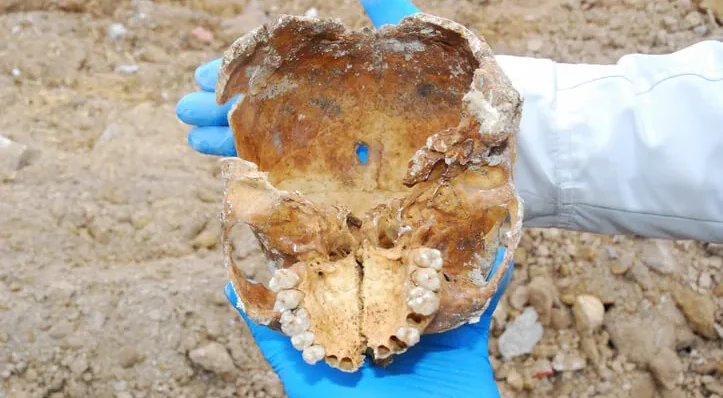Researchers have uncovered remarkably well-preserved microbiomes from 4,000-year-old teeth found in an Irish limestone cave. Genetic analyses reveal significant changes in the oral microenvironment from the Bronze Age to today, providing insights into how human diets have evolved and impacted oral health.
A team from Trinity College Dublin, in collaboration with archaeologists from the Atlantic Technological University and University of Edinburgh, has recovered microbiomes from two 4,000-year-old teeth discovered in Killuragh Cave, County Limerick. The genetic analysis of these microbiomes, published in Molecular Biology and Evolution, highlights major shifts in the oral microenvironment over millennia.
The teeth belonged to the same male individual and offered a detailed look at his oral health. Notably, the researchers identified several bacteria linked to gum disease and presented the first high-quality ancient genome of Streptococcus mutans, a primary cause of tooth decay. While S. mutans is common today, it is rare in ancient DNA records due to its acid-producing nature, which destroys both teeth and DNA, preventing plaque fossilization.
An increase in dental cavities is observed in the archaeological record with the adoption of cereal agriculture, but a more dramatic rise occurred with the mass consumption of sugary foods in recent centuries. Despite the sampled teeth showing no visible cavities, one tooth had an unprecedented amount of S. mutans DNA, indicating a severe oral microbial imbalance.
Dr. Lara Cassidy, an assistant professor at Trinity, expressed surprise at the large S. mutans presence in the ancient tooth, suggesting a high risk of cavities for the individual. The absence of other streptococcal species further indicated an upset in the natural oral biofilm balance.
The study supports the “disappearing microbiome” hypothesis, which suggests modern microbiomes are less diverse than those of our ancestors. The Bronze Age teeth exhibited highly diverse strains of Tannerella forsythia, linked to gum disease, unlike the reduced diversity seen in modern samples.
Iseult Jackson, a PhD candidate at Trinity and first author of the study, noted that ancient strains from a single mouth were more genetically diverse than any pair of modern strains, indicating a significant loss of diversity over time.
The research also revealed that in the past 750 years, a single lineage of T. forsythia has become globally dominant, a sign of natural selection. This strain, along with S. mutans, has adapted significantly, with new genes aiding their survival and pathogenicity, correlating with increased sugar consumption.
Dr. Cassidy explained that S. mutans retains diverse lineages due to its ability to swap genetic material, which helps spread advantageous traits across different strains, maintaining diversity despite evolutionary pressures.
The findings illustrate how recent cultural and dietary changes, especially during the industrial era, have profoundly influenced the evolution of oral bacteria and human health.

